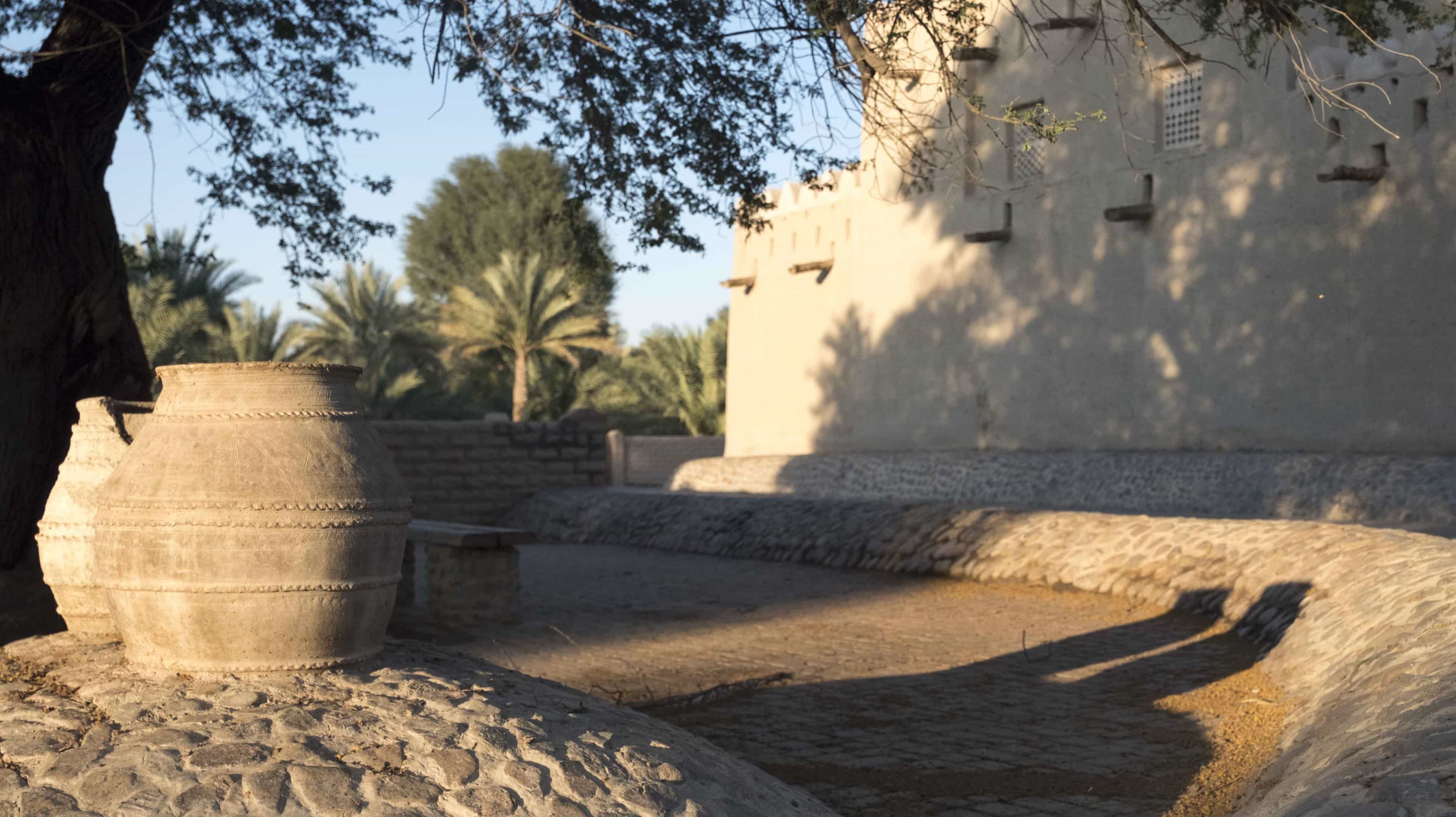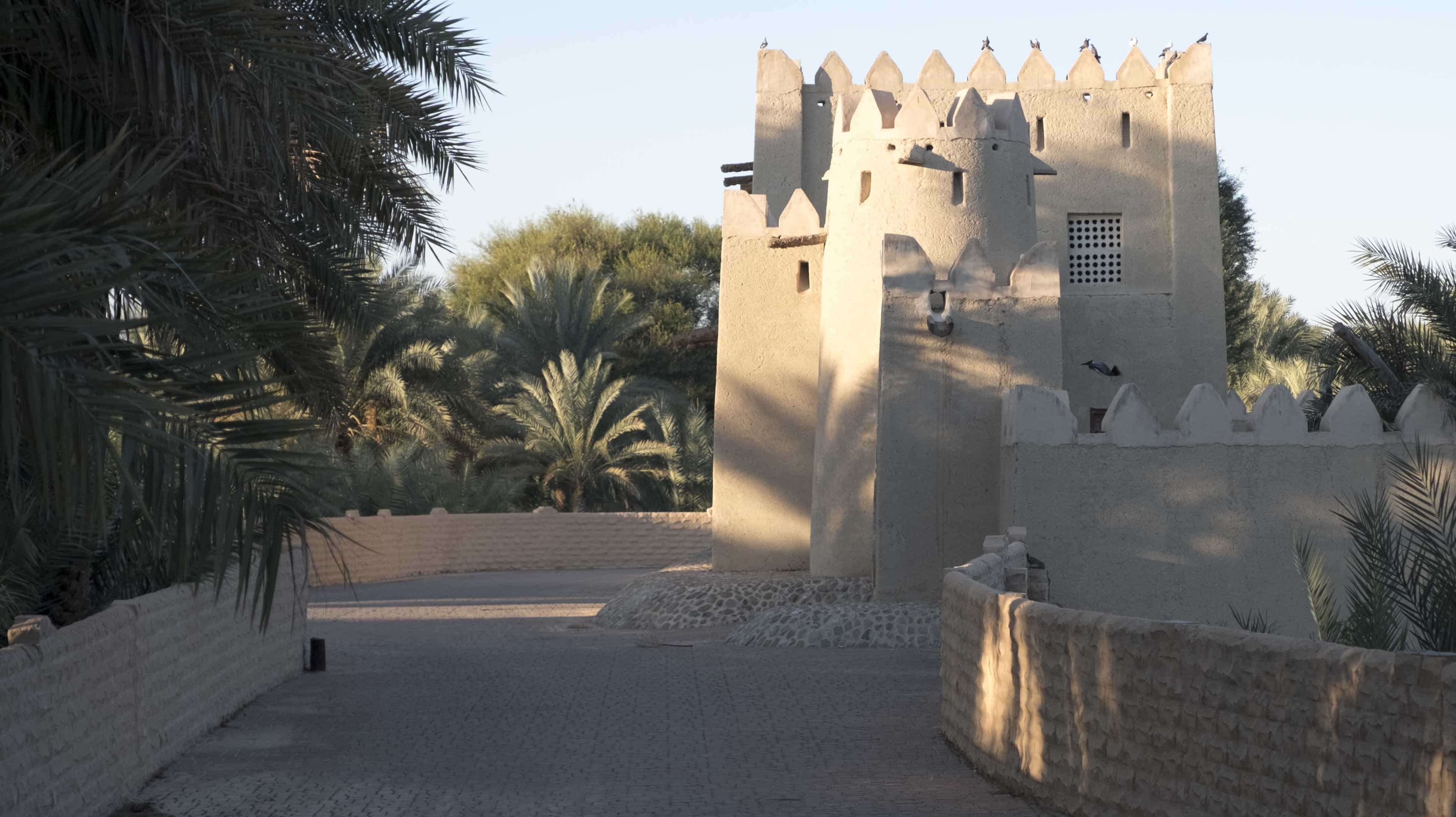See All
Al Jimi Oasis
Al Jimi, Al Ain
Situated in Abu Dhabi’s garden city of Al Ain, about an hour and a half away from the capital, this oasis combines a lush palm oasis with indigenous trees, traditional falaj irrigation system and 300-year-old buildings, promising to take you back in time and offer some incredible photo opportunities. The oasis sits in an agricultural area with a thick cover of palm trees and is also home to mosques and heavily fortified houses that speak to the agricultural and administrative importance of the oasis from the early 1700s onwards.
There are more than a dozen restored buildings in the oasis, including forts and watchtowers that were built in part to protect the falaj, which primarily uses below-ground canals to bring water from distant aquifers to the oasis’s palm plantations, fields and gardens. The oasis sits in a sunken basin that is divided into a series of palm gardens. In addition to palm trees, fruit trees grow under the palm canopy, with native trees like sidr and ghaf cultivated for medicinal properties. In the past, fields around the outer edge of the oasis were used for winter cereal crops, and beyond that was a zone for animals to forage.
Among the most important structures in the oasis is the nearly 300-year-old fortified residence of Sheikh Ahmad bin Hilal Al Dhaheri, representative of Sheikh Zayed bin Khalifa, who ruled Abu Dhabi from 1855 to 1909. The house provides a fine example of a residential fort built to protect the oasis, the falaj and the farms and houses that fell under Sheikh Al Dhaheri’s jurisdiction. In addition to the many gun openings in its perimeter wall, the home’s defences were augmented by two watchtowers. Approximately 25 rooms in the house provided storage and accommodation for family, guests, servants and guards. Its simple design and construction characterise the architecture of the time.
Located to the south of Al Jimi Oasis is the round Al Jimi Watchtower, built by Sheikh Ahmad Bin Hilal Al Dhaheri in the second half of the 19th century. The tower is approximately six metres in diameter and 14 metres tall, gradually narrowing towards the top. There are no windows on the ground floor and the tower is accessed only from a single narrow doorway. It served to protect the ‘shareea of the falaj’, the point where the water supply comes to the surface and is accessed for drinking and irrigation.
Take a virtual tour
Al Jimi Oasis
Start 360 experience

